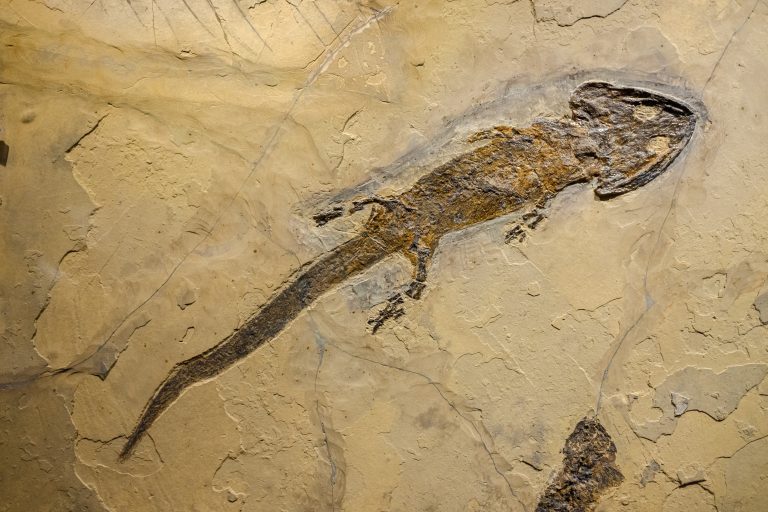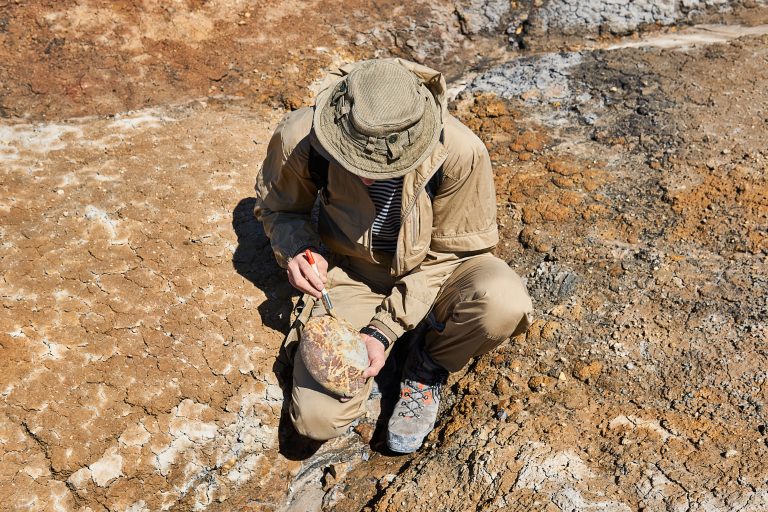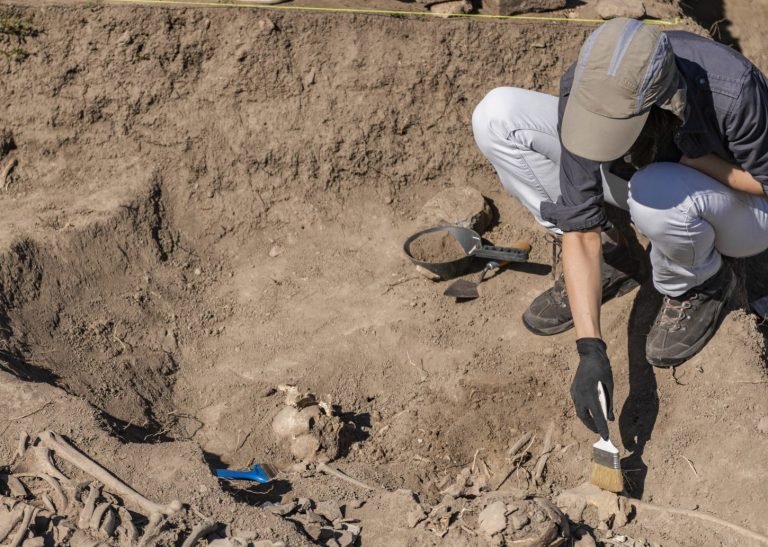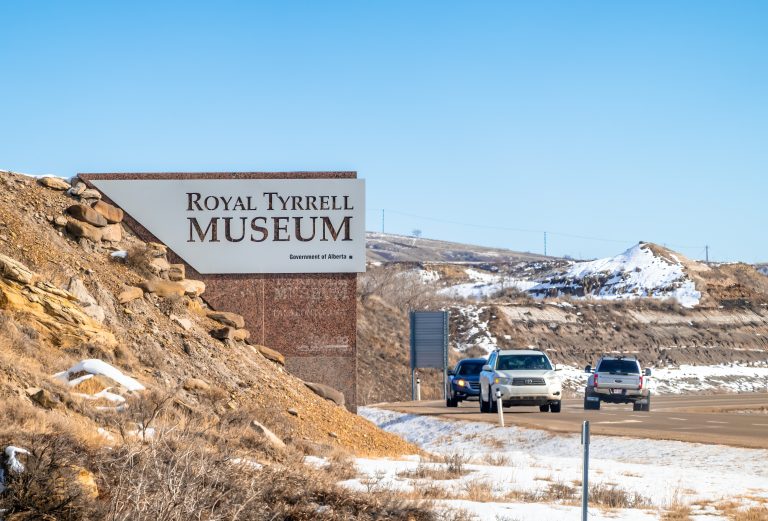5 Essential Fossil Site Safety Tips for Explorers
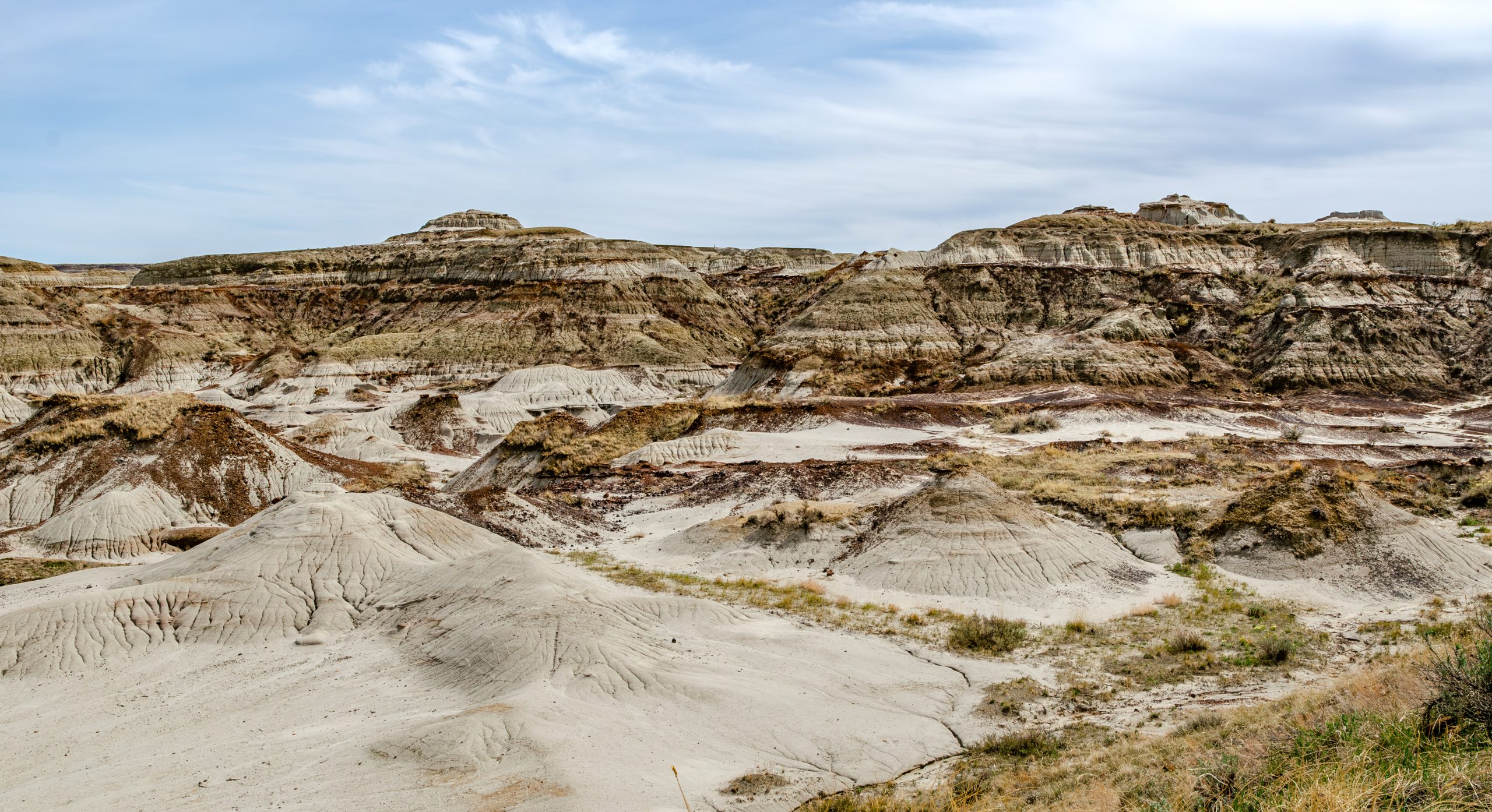
As a seasoned paleontological explorer, I’ve learned that the thrill of uncovering ancient secrets comes with a responsibility toward personal safety and site preservation. Here’s a guide brimming with practical advice to ensure your fossil-hunting adventures are both exhilarating and secure.
Exploring fossil sites offers glimpses into Earth’s history, but safety is paramount amidst the hazards. Treat these sites like outdoor museums, respecting their dangers as you would in a natural history museum. Before venturing forth, learn about potential hazards like quicksand or loose rocks, ensuring both personal safety and site preservation.
Seek guidance from local authorities for specific rules and advice. Whether pro or amateur, prioritizing safety ensures a fruitful expedition. So, lace up those boots—it’s time to delve into safety!
1. Dressing for the Terrain
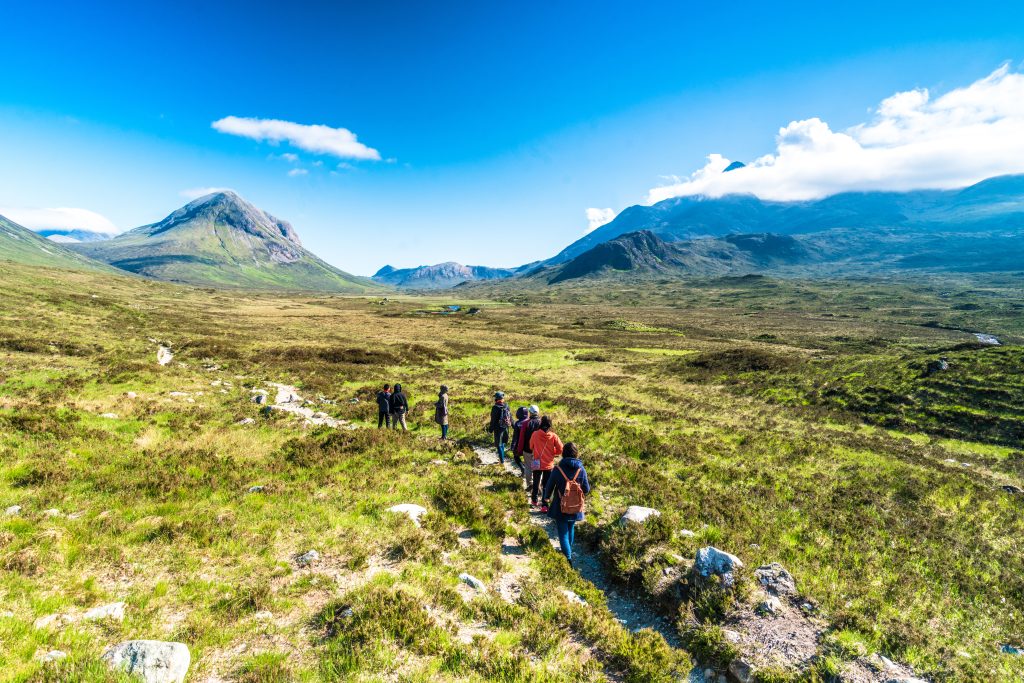
When prepping for a fossil hunt, dress like you’re expecting Mother Nature to throw a pop quiz. Sturdy boots with ankle support are a must (trust me, you don’t want to twist an ankle while chasing the ghost of a Triceratops). Layering is key because the weather can change faster than a Velociraptor ambush.
Hey hey! Don’t forget to subscribe to get our best content 🙂
Don’t underestimate the power of a good hat and gloves. The former shields you from the sun’s relentless rays, while the latter guards against sharp rocks and the occasional cactus that didn’t get the memo to stay out of your way. And let’s not forget about those pesky insects—long sleeves and pants might be your best defense against becoming an all-you-can-eat bug buffet.
Remember, fashion at a dig site is measured in practicality, not runway points. Bright colors are great—not only do they make you visible to fellow fossil hunters, but they can also deter wildlife. And in a place where every rock and turn can lead to discovery (or a fall), you’ll want to be dressed for success—and survival.
2. Essential Safety Gear
Heading into a fossil site without the right gear is like trying to eat soup with a fork—it just doesn’t work. A sturdy helmet can be the difference between a great story and a nasty bump on the head. And let’s not forget goggles; those rock fragments aren’t going to be kind to your eyes.
A high-quality geological hammer is the bread and butter of fossil excavation, and a chisel is its faithful companion. But remember, these tools aren’t toys. Use them with care to avoid turning your fossil finds into accidental rubble. Always carry a first-aid kit—scratches and scrapes can come from anywhere, and you’ll want to be prepared.
Lastly, don’t skimp on communication devices. A whistle can be a lifesaver if you get separated from your group, and a fully charged phone (or satellite phone in remote areas) can mean the difference between getting help fast or not at all. It’s like having a lifeline in your pocket—so make sure it’s there.
3. Weather Awareness

The climate can be as unpredictable as a fossil’s age—sunny one minute, stormy the next. Always check the weather forecast before you head out, but be prepared for it to be wrong. Sudden downpours can turn dry beds into mudslides, and heatwaves can lead to dehydration or heatstroke.
Layering isn’t just a fashion statement; it’s your climate control. Start with moisture-wicking materials and build up to a waterproof, windproof shell. And remember, the sun can be a sneaky companion; sunblock and plenty of water should be non-negotiable items in your pack.
In the field, keep an eye on the sky. If you see dark clouds rolling in or hear the distant rumble of thunder, play it safe and cover your head. It’s better to miss out on a day of digging than to become a lightning rod for nature’s fury. After all, fossils have waited millions of years to be found; they can wait a little longer.
4. Site Etiquette Rules
Fossil sites are not all-you-can-dig buffets. There are rules to follow, and for good reason—they protect both the fossils and the people hunting for them. Always obtain necessary permits and permissions; taking fossils without them is not only frowned upon but can land you in serious trouble.
Stay within designated areas and paths. These boundaries are there to protect both the site’s integrity and your safety. And remember, the fossils you find aren’t just cool keepsakes; they’re scientific treasures. If you’re lucky enough to unearth something significant, report it to the proper authorities so it can be studied and preserved.
Think of fossil sites as libraries of the Earth’s history—loud noises and reckless behavior don’t belong. Work calmly and respectfully, and you’ll be doing your part to keep these ancient archives open and informative for everyone. Plus, you’ll make friends with the local paleontological community, which is never a bad thing.
5. Emergency Protocols
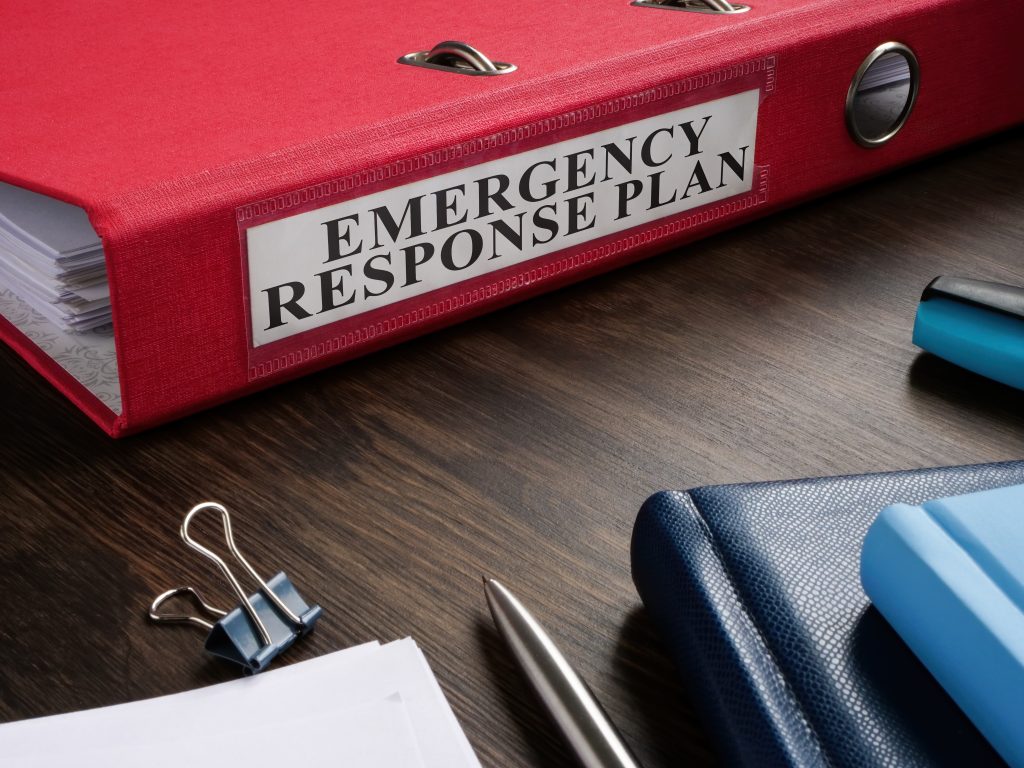
Even with the best preparation, things can go south faster than a Gallimimus in a T-Rex’s territory. That’s why knowing emergency protocols is crucial. Before you head out, make sure everyone in your party knows the plan in case of an accident or emergency.
If someone gets injured, keep calm and administer first aid if you’re trained. Always have a way to contact emergency services, whether it’s a phone with good reception or a satellite communicator. And remember, in remote areas, help can be hours away, so a basic understanding of first aid can be a real lifesaver.
Lastly, always let someone outside your group know your plans, including where you’re going and when you expect to return. If you don’t show up, they’ll know to send help. It’s like leaving breadcrumbs, but instead of leading you back, they lead rescuers to you.
Staying Hydrated & Nourished
Let’s talk about your fossil-finding fuel—water and food. Dehydration can sneak up on you like a fossil in a hard rock; before you know it, you’re dizzy and down for the count. So, carry more water than you think you’ll need. It’s better to lug a little extra weight than to run dry.
Snacks are the unsung heroes of any excavation. Energy bars, nuts, and dried fruit are like little packets of stamina; they can keep you going when your energy starts to fossilize. And don’t forget a hearty lunch. Digging for fossils burns calories faster than a hungry herbivore munching through a forest.
Drink water regularly, even if you’re not thirsty. And eat small amounts often to maintain your energy. It’s a marathon, not a sprint—pace yourself so you can enjoy the entire experience without bonking halfway through. Your body will thank you, and so will the fossils waiting to be discovered.
Wildlife Caution & Respect
Fossil sites often share the landscape with local wildlife, and these creatures are not always as thrilled to see you as you are to see them. Keep a respectful distance from animals; they’re not pets or photo ops. And don’t feed them—it’s bad for their health and can make them a danger to future visitors.
Be aware of your surroundings. Snakes, spiders, and other less-than-cuddly critters can be lurking where you least expect them. If you encounter wildlife, stay calm and give it space. Remember, you’re a guest in their home.
And if you’re in bear country, carry bear spray and know how to use it. It’s like insurance—you hope you never need it, but you’ll be glad you have it if you do. Stay alert, and you’ll be able to enjoy the natural beauty around you without any unexpected wildlife encounters.
In the video, Now This Is Colorado explains –
Now This Is Colorado
- Wildlife thrives in public lands in Buena Vista and Salida, Colorado.
- Visitors are urged to keep their four-legged companions on a leash and maintain a safe distance from wildlife.
- Protecting wildlife includes refraining from feeding them and properly disposing of all waste, including dog feces.
- Recognize that when visiting these lands, humans are guests in the animals’ home.
- The experience of exploring Buena Vista and Salida is unforgettable and encourages repeat visits with family and friends.
- Regardless of the mode of exploration, whether hiking, biking, or others, visitors are urged to care for Colorado by taking the Adventure by Nature pledge.
- The pledge entails commitments to stay on designated trails, show respect, and recreate responsibly.
- A core principle of the pledge is leaving no trace, minimizing human impact on the environment.
- These simple actions contribute to preserving the beauty and wonder of the area for future generations.
- Viewers are encouraged to take the Adventure by Nature pledge to contribute to the long-term conservation of these special places.
Leaving No Trace Behind
Leaving no trace is not just a nice idea; it’s essential. Fossil sites are precious and often delicate. When you’re out there, act as if you’re trying to make a stealthy escape from a pack of raptors—leave no evidence you were there.
Pack out everything you bring in, including trash and any waste. Disrupt the ground as little as possible, and if you move rocks or soil, put them back when you’re done. This helps preserve the site’s scientific value and keeps it pristine for others to enjoy.
Be a fossil site ninja—move through the area with minimal impact. Your goal should be to leave the site in the same condition you found it, or even better. Future explorers (and the fossils themselves) will thank you for your discretion and care.
Conclusion & Safe Exploring
Fossil hunting is an adventure that combines history, science, and the great outdoors. By following these essential safety tips, you ensure that your journey into the past is not only exciting but also responsible. Safety is the bedrock upon which all great explorations are built.
So, as you prepare to step out into the field, pack your gear, your enthusiasm, and a healthy respect for the environment you’re about to explore. Remember, every fossil has a story to tell, and it’s up to us to listen respectfully and safely. Happy hunting, and may your findings be as profound as the ancient creatures that left them behind!
Embracing these tips will not only make your fossil excursions safer but also more rewarding. Keep safety your constant companion, and you’ll be sure to have incredible tales to tell—tales of time travel through geology, undertaken with the utmost care and respect.

